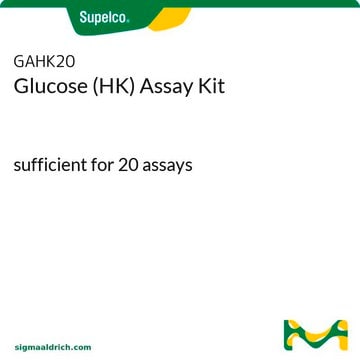SML0172
Cercosporamide from Cercosporidium henningsii
≥98% (HPLC)
Synonym(s):
4-Dibenzofurancarboxamide
About This Item
Recommended Products
Quality Level
Assay
≥98% (HPLC)
solubility
chloroform: 1 mg/mL
ethyl acetate: 1 mg/mL
DMSO: 5 mg/mL (Solution in DMSO is unstable and thus should be freshly prepared.)
storage temp.
−20°C
InChI
1S/C16H13NO7/c1-5(18)10-7(20)4-9-16(2,14(10)22)12-8(21)3-6(19)11(15(17)23)13(12)24-9/h3-4,19-21H,1-2H3,(H2,17,23)/t16-/m1/s1
InChI key
GEWLYFZWVLXQME-MRXNPFEDSA-N
Application
Biochem/physiol Actions
Preparation Note
Certificates of Analysis (COA)
Search for Certificates of Analysis (COA) by entering the products Lot/Batch Number. Lot and Batch Numbers can be found on a product’s label following the words ‘Lot’ or ‘Batch’.
Already Own This Product?
Find documentation for the products that you have recently purchased in the Document Library.
Our team of scientists has experience in all areas of research including Life Science, Material Science, Chemical Synthesis, Chromatography, Analytical and many others.
Contact Technical Service





